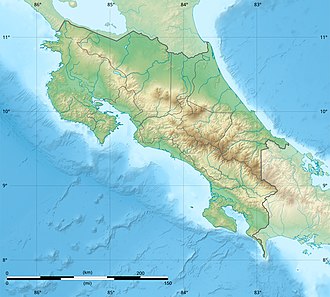| Juan Castro Blanco National Park | |
|---|---|
 Juan Castro Blanco National Park | |
| Location | Costa Rica |
| Nearest city | San José |
| Coordinates | 10°18′0″N84°21′58″W / 10.30000°N 84.36611°W |
| Area | 145 km² |
| Established | 1992 |
| Governing body | National System of Conservation Areas (SINAC) |
Location in Costa Rica | |
Juan Castro Blanco National Park is a national park, that is part of the Arenal Huetar Norte Conservation Area, in northern Costa Rica. [1]
